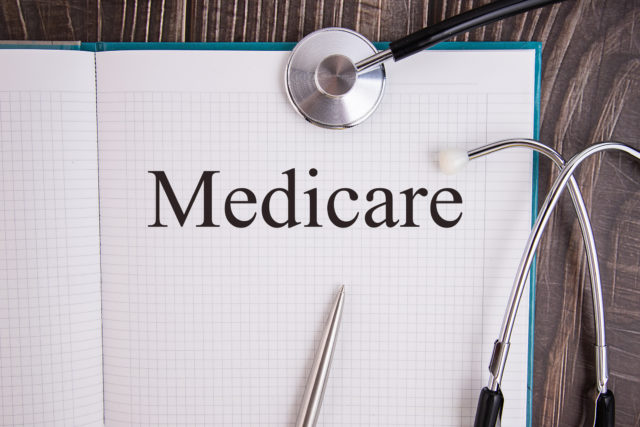
On the heels of several years of declining or flat accountable care organization (ACO) growth in the Medicare Shared Savings Program (MSSP), 2022 only saw a modest increase in participation, with 483 ACOs partaking.
The current numbers do not bode well in terms of meeting the Biden administration’s goal of having every traditional Medicare patient in an accountable care model by 2030. Of note, both levels of ACOs in the program and patients in ACOs remain lower than in 2020. Currently almost 20% of Medicare patients are cared for by ACOs.

Since 2012, ACOs have saved Medicare $4.7 billion in net savings and $13.3 in gross savings, according to a news release from The National Association of Accountable Care Organizations (NAACOS). The group found the Centers for Medicare and Medicaid Services data on the current number of ACOs participating in the MSSP in 2022 disappointing.
“NAACOS is waiting to see what participation is like in the new Direct Contracting Model, another accountable care model. Hopefully, that will account for some of the lack of growth in the Shared Savings Program,” Clif Gaus, president and CEO of the National Association of ACOs (NAACOS) said in the news release. “With Medicare spending continuing to rise to out-of-control levels and ACOs proving they can effectively increase quality and lower spending, more focus needs to be on increasing the size of ACO programs in traditional Medicare, which needs to happen at levels much greater than what we’ve seen today.”
ACOs decrease Medicare expenses by 1%-2% each year, cumulating to billions over multiple years.
To incentivize new ACOs to join and also keep current ones, NAACOS suggested several actions, from raising shared savings rates for ACO, giving additional time prior to requiring them taking on risk, adjusting quality reporting requirements, alleviating administrative burdens, solving top benchmarking and risk adjustment issues, and allowing more up to date and comprehensive data.
The 46 new ACOs so far in 2022 are not all entirely new. Among them, 18 previously participated in Next Generation ACOs. Each year there are ACOs that split into several ACOs, merge with other ACOs, drop out of the program. .
“When considering former Next Generation ACOs who moved into MSSP and the fact that there was no opportunity to join the model in 2021, you could consider this a shrinking of this important ACO model. Today shouldn’t be celebrated but instead should be a call to action for policymakers to correct this trend and address incentives to spur participation in a voluntary program that has repeatedly yielded savings and provides high quality care,” Gaus said in the news release.

The 2022 participation data yielded several other significant details. First, those 483 ACOs are caring for 11 million beneficiaries, landing ACOs the distinction of Medicare’s most substantial alternative payment model. Second, of the current ACOs, 41% have one-sided risk while 59% have double-sided risk. Those with double-sided risk must pay money back or penalties to CMS if spending goes above the pre-set spending total or benchmark. Those with one-sided risk do not pay penalties if patients’ spending surpasses the benchmarks. Third, ACOs are comprised of almost 529,000 physicians and non physicians. Lastly, over 1,300 hospitals participate in ACOs, according to the news release.
Despite the lower enrollment numbers, ACOs seem to yield satisfied patients and provide quality care, according to the news release.
Photo: Vadzim Kushniarou, Getty Images; Chart: NAACOS








